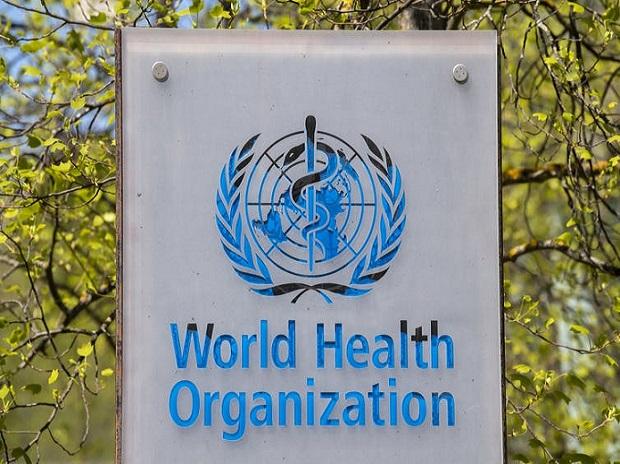The BA.2 sub-variant of Omicron has been found in five African countries, a World Health Organization scientist said on Thursday, adding she was concerned about the development because samples of BA.2 may not be spotted as a form of Omicron.
The BA.2 sub-variant has begun to replace Omicron's more common "original" BA.1 variant in countries such as Denmark. Data from there suggests no difference in disease severity, according to another WHO official.
"BA.2 ... has been reported in five countries, that is Botswana, Kenya, Malawi, Senegal as well as South Africa," Dr Nicksy Gumede-Moeletsi told an online media briefing.
"We are very concerned," she said, adding that BA.2 was proving hard to identify because it was not always picked up by the S-Gene Target Failure criterion, which is used to distinguish the original Omicron from other variants.
Gumede-Moeletsi said the WHO was working very closely with laboratories, asking them to forward samples that had come back without being flagged as Omicron for further analysis, in order to gain a more precise picture of the spread of BA.2.
The BA.1 version of Omicron has been somewhat easier to track than prior variants. That is because BA.1 is missing one of three target genes used in a common PCR test. Cases showing this pattern were assumed by default to be caused by BA.1.
BA.2, sometimes known as a "stealth" sub-variant, does not have the same missing target gene as the original Omicron variant.
Instead, scientists are monitoring it the same way they have prior variants, including Delta, by tracking the number of virus genomes submitted to public databases such as GISAID.
As with other variants, an infection with BA.2 can be detected by coronavirus home tests kits, though they cannot indicate which variant is responsible, experts said.
(This story has not been edited by Business Standard staff and is auto-generated from a syndicated feed.)
 Dear Reader,
Dear Reader,
Business Standard has always strived hard to provide up-to-date information and commentary on developments that are of interest to you and have wider political and economic implications for the country and the world. Your encouragement and constant feedback on how to improve our offering have only made our resolve and commitment to these ideals stronger. Even during these difficult times arising out of Covid-19, we continue to remain committed to keeping you informed and updated with credible news, authoritative views and incisive commentary on topical issues of relevance.
We, however, have a request.
As we battle the economic impact of the pandemic, we need your support even more, so that we can continue to offer you more quality content. Our subscription model has seen an encouraging response from many of you, who have subscribed to our online content. More subscription to our online content can only help us achieve the goals of offering you even better and more relevant content. We believe in free, fair and credible journalism. Your support through more subscriptions can help us practise the journalism to which we are committed.
Support quality journalism and subscribe to Business Standard.
Digital Editor

RECOMMENDED FOR YOU